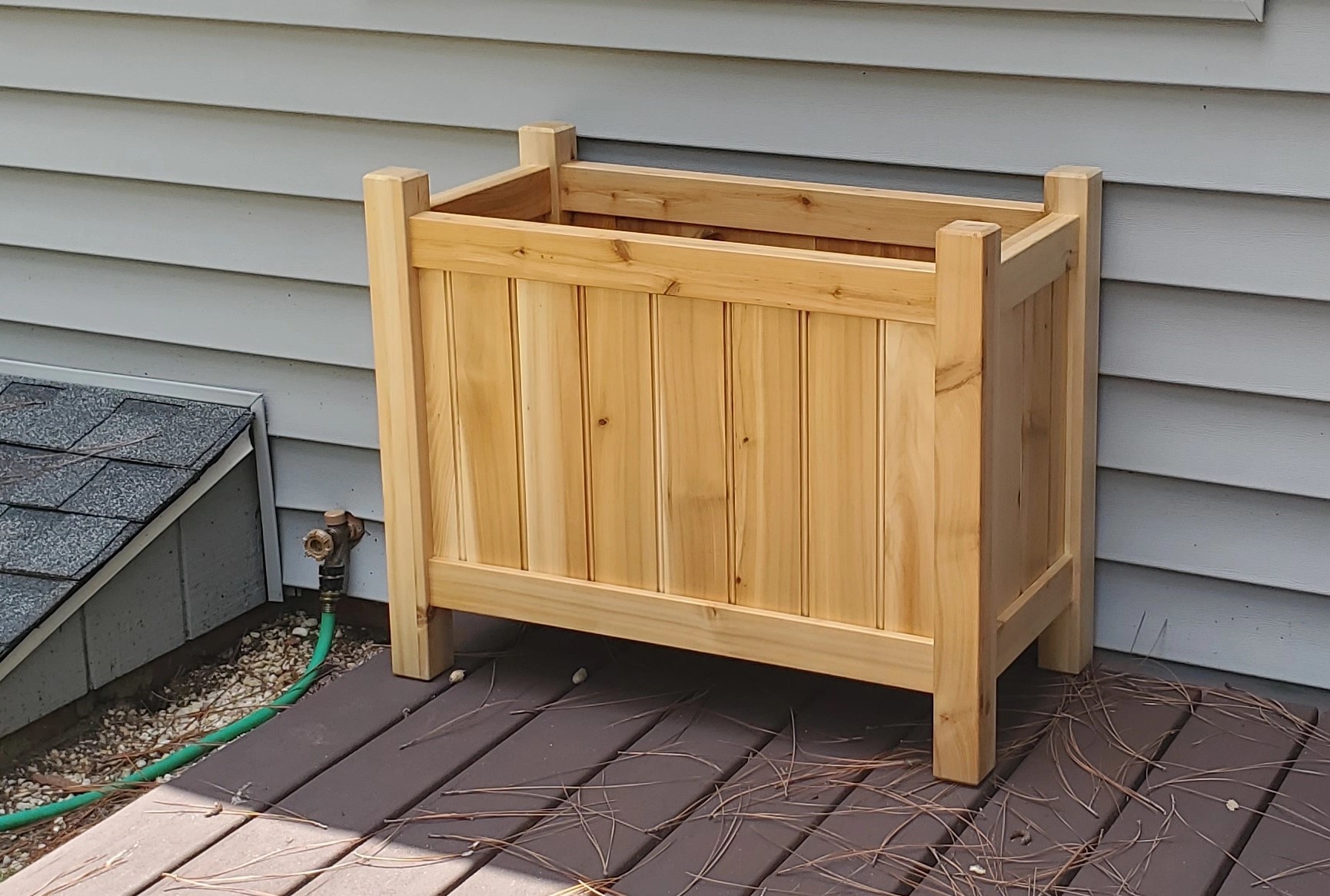I don’t think it is ash - the bark does not look right. Having a cross section showing the face grain and end grain is often helpful to identify wood from a picture.
- 0 Posts
- 4 Comments

 3·1 year ago
3·1 year agoI had been using some form of UNIX and some early GNU utilities for a few years by time Linux came out and had heard some rumblings about 386BSD (development started in 1989) via newsgroups, but it remained out of reach for me.
I heard about Linux (SLS Linux) being available late summer of 1992 and started saving for a 386, which I build later that year.
In the end, due to download limitations I started with HJ Lu’s boot/root disks for Linux (floppy disk images), starting with kernel version 0.12 and happily living in the terminal.
Virtual terminals were the killer app that kept me solely on Linux for a long while. Being able to download on one terminal and code in a 2nd (I programmed a MUD for free dial-up Internet access for a local system) was amazing and far better than Windows 3.x during this time frame.

 2·1 year ago
2·1 year agoIf you want something that’s really open source, consider Joplin (AGPL-3.0, https://github.com/laurent22/joplin/) or CherryTree (GPL3, https://github.com/giuspen/cherrytree).

Yes, those terms match your pictures. My vote is for beech, but it’s still a guess. It grows in the region (Jura Mountains), is a hardwood and has a similar grain pattern and bark.